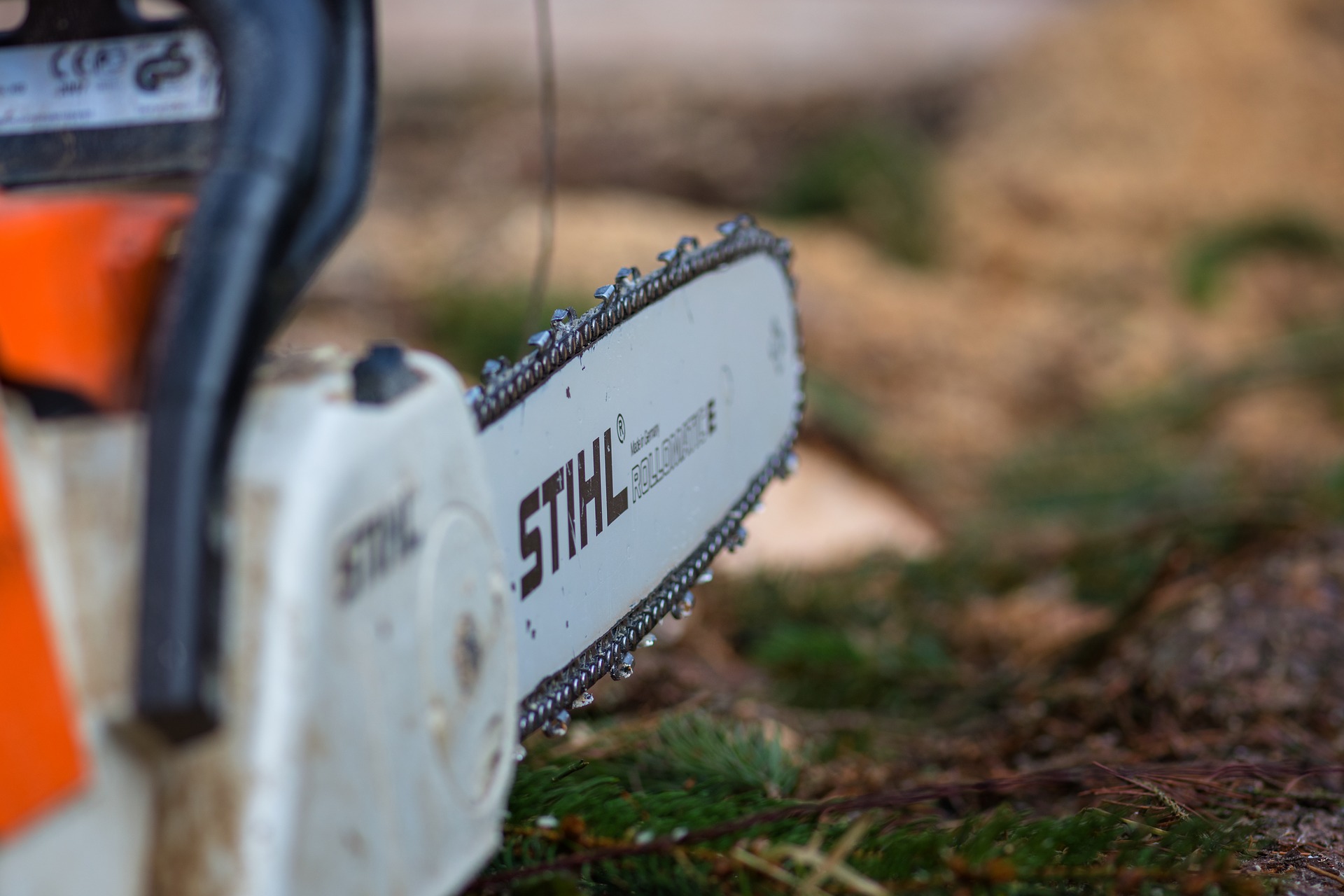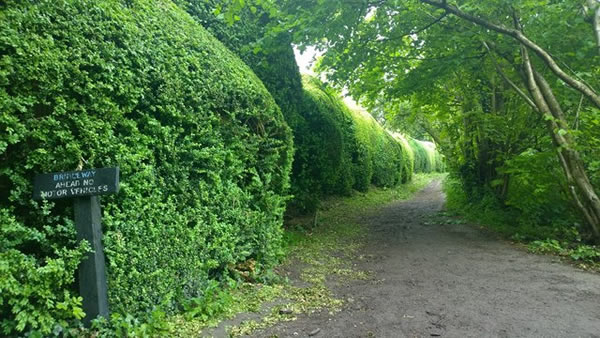
Thank you for reading this post, don't forget to subscribe!
Low-maintenance hedges
This is a tricky one, unfortunately, all hedges will require some maintenance but you can select a species that requires minimal care. Lower maintenance varieties of hedge may also be slow growing, so if you are hoping for a quick solution then hiring a professional landscaper to plant a mature hedge is your best option. Yew, Beech, or Hornbeam are good choices if you only want to trim once or twice a year. There is a wide variety of Holly hedge species bringing both colour and form to the garden with minimal maintenance. Ivy screens look attractive and are popular with wildlife, though it may be worthwhile choosing a non-invasive variety.

Hedges for Privacy
You may think the taller the better for privacy but bear in mind tall hedges also block out light. It is best to do your research as fast-growing hedges just keep expanding and require regular maintenance. Thuja which has scented foliage and is a slower growing conifer than the expeditious leylandii and can be pruned back without risking browning. Studies have shown that Thuja plicata ‘Atrovirens’ has been efficient in absorbing pollution particles from busy roads. Cherry Laurel which is a dense evergreen hedge offering vibrant green leaves, with seasonal white flowers developing into vibrant red berries. Yew is dense and with the right hedgetrimmer can trimmed to produce a smooth and uniformed boundary hedge. It is also a great choice for privacy and for absorbing sound. If you require a hedge to deter intruders, thorny varieties such as Holly, Blackthorn and Pyracantha are prickly enough to keep burglar away. Thorny hedges are popular nest sites for small birds as cats avoid the prickles too. A hedge of around six feet or 1.8 metres will be adequate for privacy. It is advisable to check deeds and covenants associated with your property before planting a tall hedge.

Hedges for small gardens
If your garden is small, it maybe that a hedge will take up too much space. Another option would be to plant climbing plants against fencing or trellis. Ivy, Honeysuckle and Jasmine can be planted alongside each other to create a natural screen full of colour and scent, providing a feast for bee and butterflies.

Decorative Hedging
If you’d like to try your hand at creating a shaped or ornamental hedge, investing in the correct hedgetrimmer is essential to maintaining them. At the same time the correct equipment should avoid any trimming disasters whilst you’re in training. Battery handheld shears are a good buy for tidying and fine shaping of topiary. Varieties of box are popular for ornamental hedging as they are easy to train and maintain their shape well. Buxus and Yew are popular choices for ornamental hedges, they can be kept low or shaped tall into a variety of shapes. Remember to water and feed your topiary regularly else it is likely to turn brown, especially if it is pot bound.
Hedges for attracting wildlife
If a neat and tidy boundary isn’t a high priority, we would highly recommend a wildlife hedge. They provide a blanket of greenery full of colour and scent, changing with each season and keeping the garden looking splendid all year round. The best way to make your hedge boundary attractive to wildlife is to plant a mix of varieties. Using native hedging combining blackthorn, guelder rose, dogwood, holly and hazel should provide food and shelter for birds, bees, butterflies, and small mammals.

Further reading
https://www.rhs.org.uk/advice/profile?PID=377
https://www.best4hedging.co.uk/blog/how-to-plant-and-care-for-your-ivy-screen/
https://www.saga.co.uk/magazine/home-garden/gardening/advice-tips/planting/privacy-hedges
https://www.wildlifetrusts.org/actions/how-make-hedge-wildlife
